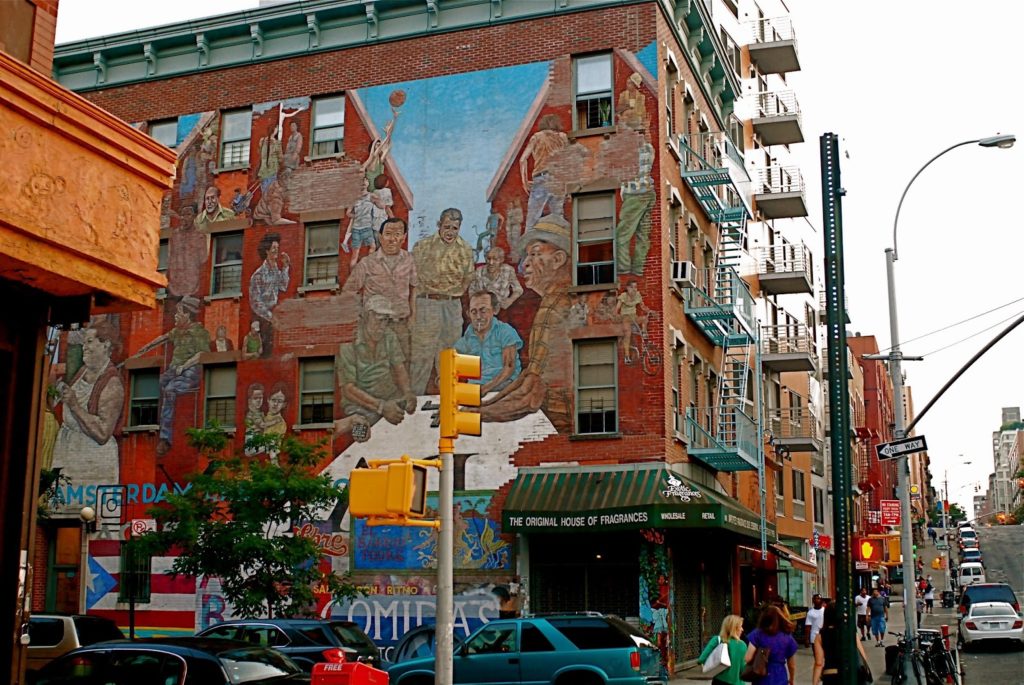
America is renowned for its cultural diversity, with people from all corners of the globe bringing their traditions, languages, and cuisines to this vast melting pot. Throughout history, ethnic neighborhoods have emerged as vibrant hubs that celebrate and preserve the unique heritage of various immigrant communities. In this article, we will take a closer look at some iconic ethnic neighborhoods in America that serve as living testaments to the country’s rich tapestry of cultures.
Chinatown – San Francisco
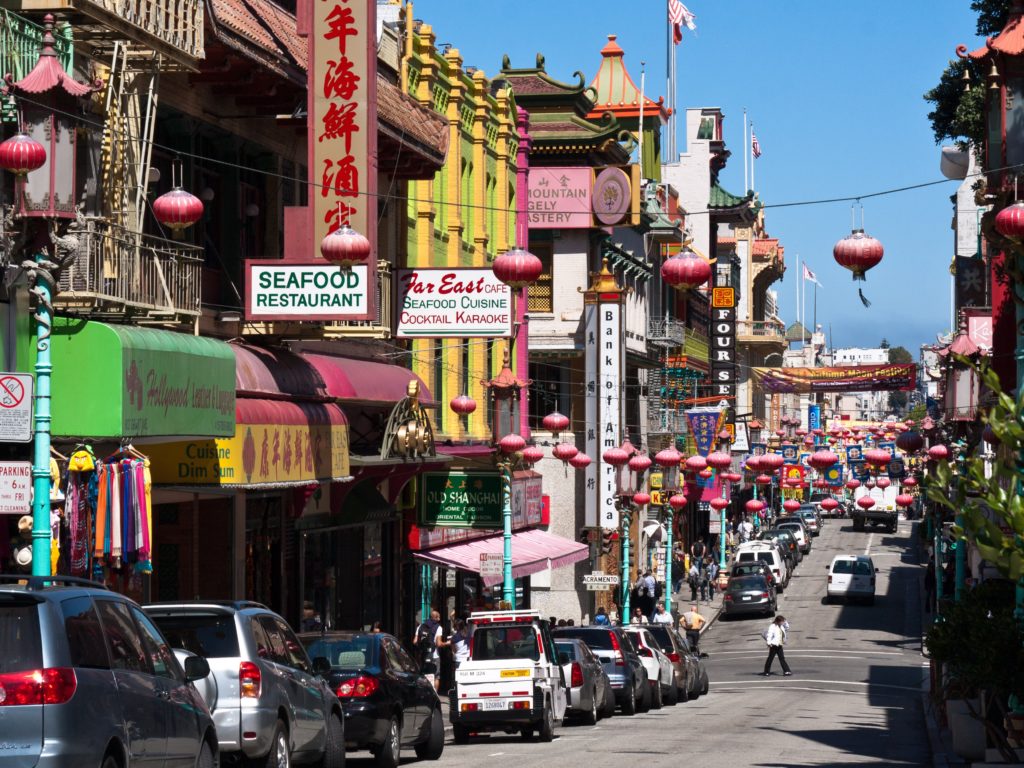
San Francisco’s Chinatown stands out as one of the oldest and most prominent Chinese enclaves outside Asia. With colorful pagoda-style roofs, bustling markets filled with exotic spices and ingredients,
and ornate temples adorned with intricate dragon sculptures;
this neighborhood offers visitors an immersive experience into Chinese culture through traditional festivals,
authentic cuisine,
and historical landmarks like the Dragon Gate entrance.
Little Italy – New York City
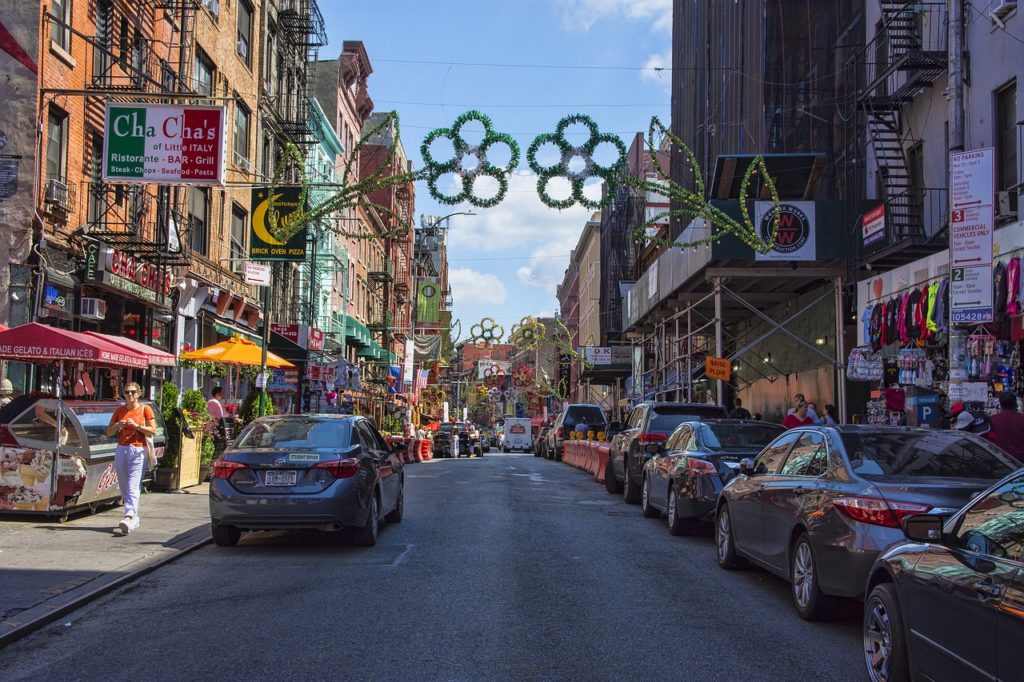
Located in Manhattan’s Lower East Side,
Little Italy has been a symbol of Italian-American culture since the late 19th century.
Its narrow streets are lined with charming trattorias serving up delicious pasta dishes,
delis offering freshly made cannoli and other Italian pastries,
and shops selling imported goods from Italy.
The annual Feast of San Gennaro celebration brings locals together for parades, live music performances,
and mouthwatering street food.
Little Havana – Miami
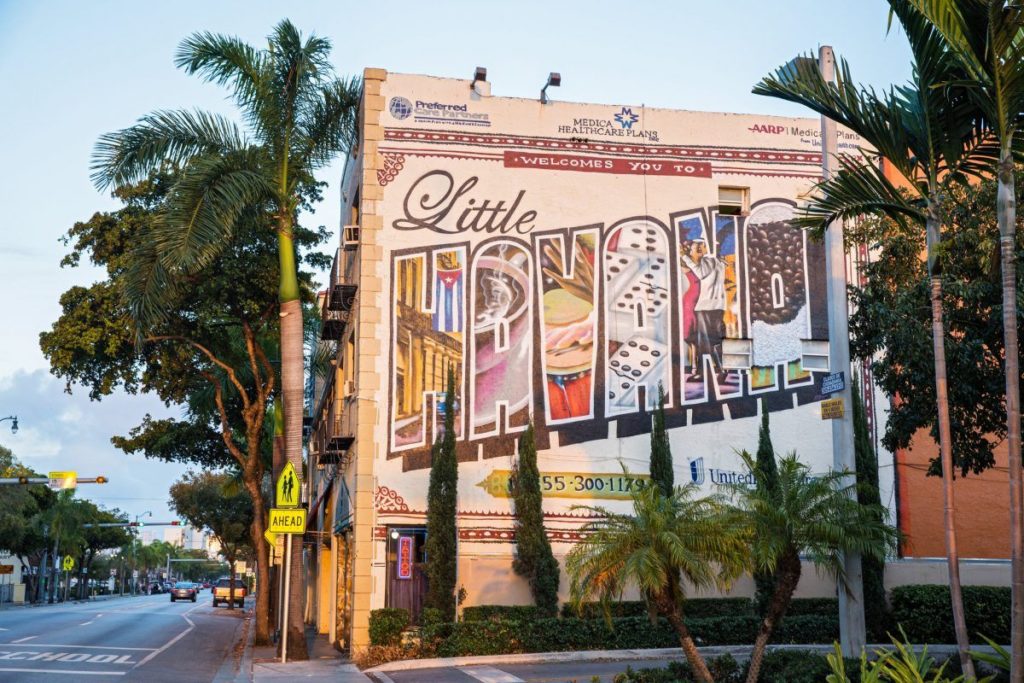
In Miami’s vibrant neighborhood known as Little Havana;
the influence of Cuban immigrants permeates every corner.
Visitors can savor authentic Cuban coffee at local cafes or indulge in flavorful dishes like Ropa Vieja (shredded beef) or Tostones (fried plantains).
Exploring Calle Ocho—the main street—reveals colorful murals depicting Cuban history
and lively salsa rhythms emanating from open-air venues where locals dance joyfully.
Greektown – Chicago
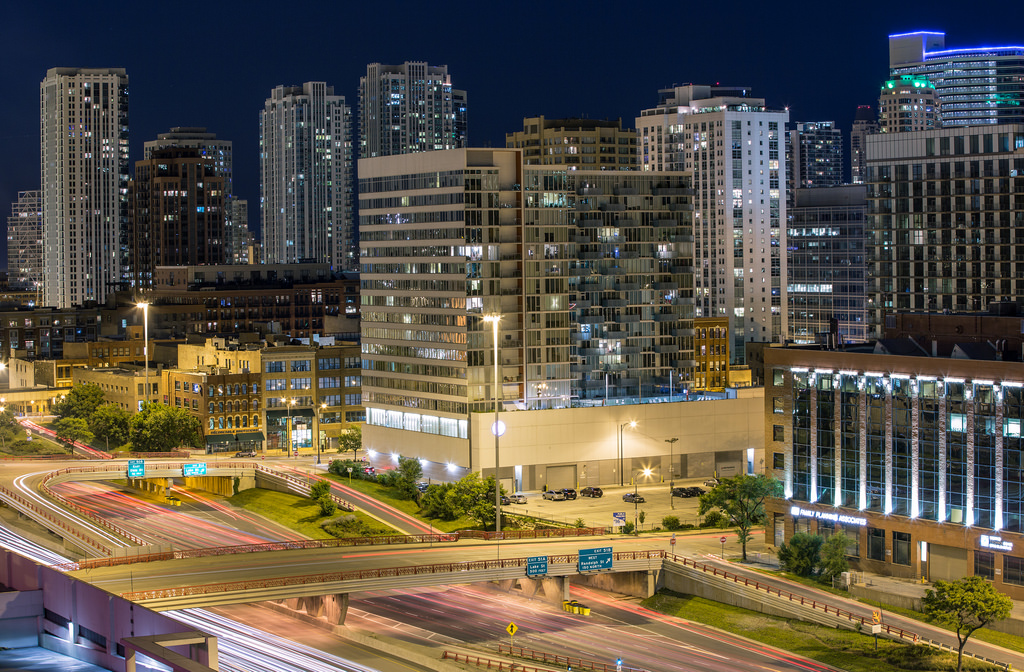
Nestled in the heart of Chicago, Greektown offers a taste of Greece within the city.
Visitors can wander down Halsted Street, lined with Greek restaurants serving classic dishes like moussaka and souvlaki,
and explore specialty grocery stores offering imported olive oil, feta cheese, and other Mediterranean delights.
The annual Taste of Greektown festival showcases Greek music,
traditional dance performances,
and culinary delights that attract locals and tourists alike.
Japantown – San Francisco
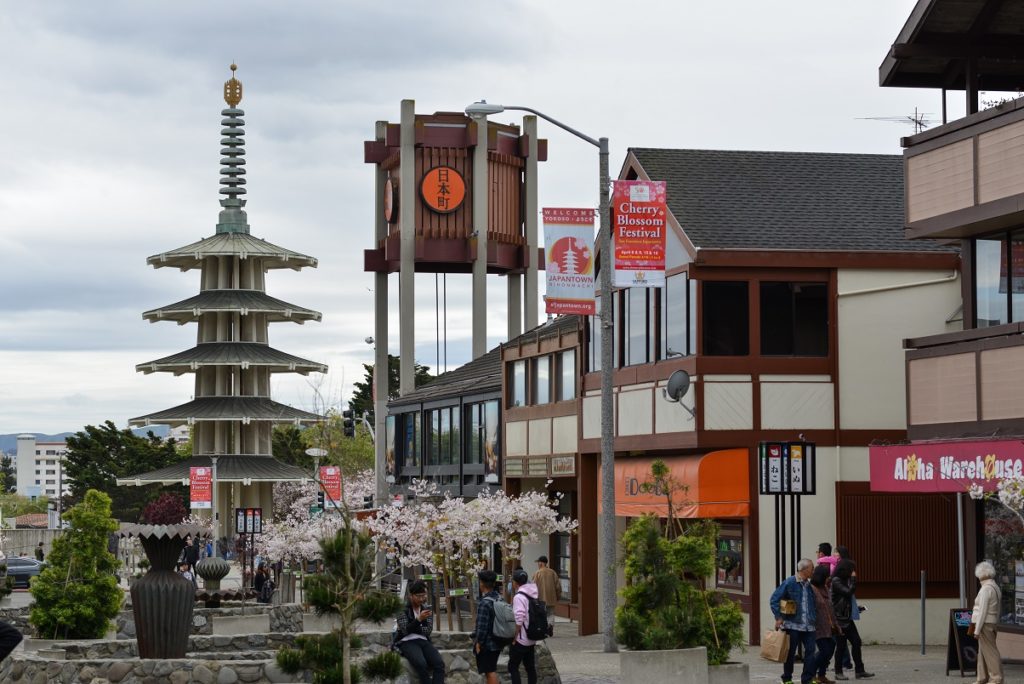
San Francisco’s Japantown is one of the few remaining Japantowns in the United States.
This vibrant neighborhood invites visitors to experience Japanese culture through its authentic food markets selling fresh sushi and matcha treats,
tranquil gardens where cherry blossoms bloom during springtime,
and cultural events such as Taiko drumming performances.
The Japan Center Mall provides an opportunity to shop for unique gifts ranging from traditional clothing to anime merchandise.
Ukrainian Village – Chicago

Ukrainian Village in Chicago serves as a testament to the strong Ukrainian heritage present in this Midwestern city. Visitors can admire stunning Ukrainian Orthodox churches adorned with intricate onion domes or sample delicious pierogies and borscht at local eateries. The Ukrainian Institute of Modern Art showcases contemporary artwork by artists with Ukrainian roots while celebrating their cultural contributions.
Koreatown – Los Angeles
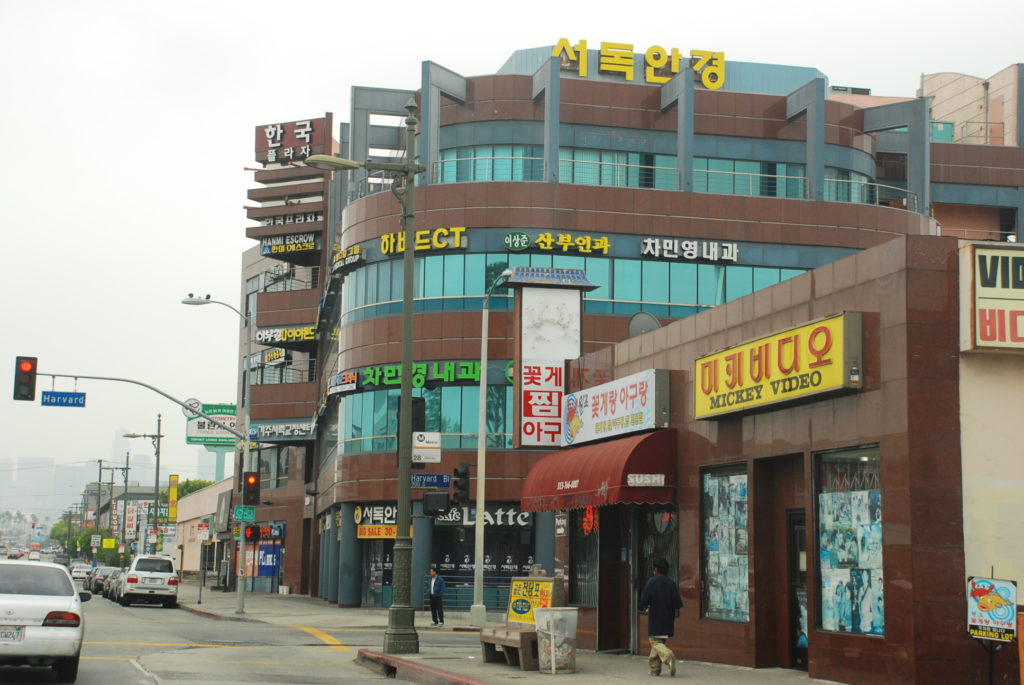
Located west of downtown Los Angeles, Koreatown (K-Town) boasts a thriving Korean community complete with bustling markets selling kimchi and other Korean ingredients, karaoke bars where locals showcase their singing talents, and traditional spas offering relaxing treatments inspired by Korean bathhouses. The lively atmosphere draws both Koreans seeking a taste of home and curious visitors interested in exploring this dynamic neighborhood.
Polish Hill District – Pittsburgh
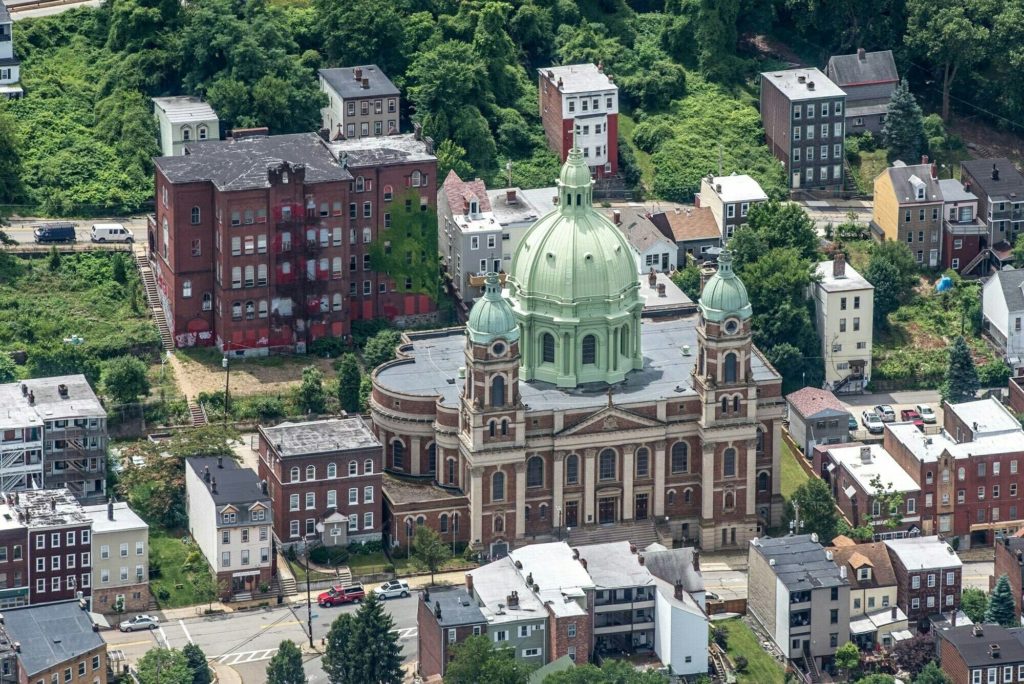
Pittsburgh’s Polish Hill District reflects the deep-rooted Polish heritage that has shaped this industrial city. Strolling along Penn Avenue reveals Polish bakeries serving up paczki (traditional donuts), Polish delicatessens offering pierogies and kielbasa, and community centers hosting cultural events such as folk dancing and music performances. The annual Pittsburgh Polish Festival celebrates all things Polish, from traditional costumes to polka dances.
Historic Filipinotown – Los Angeles
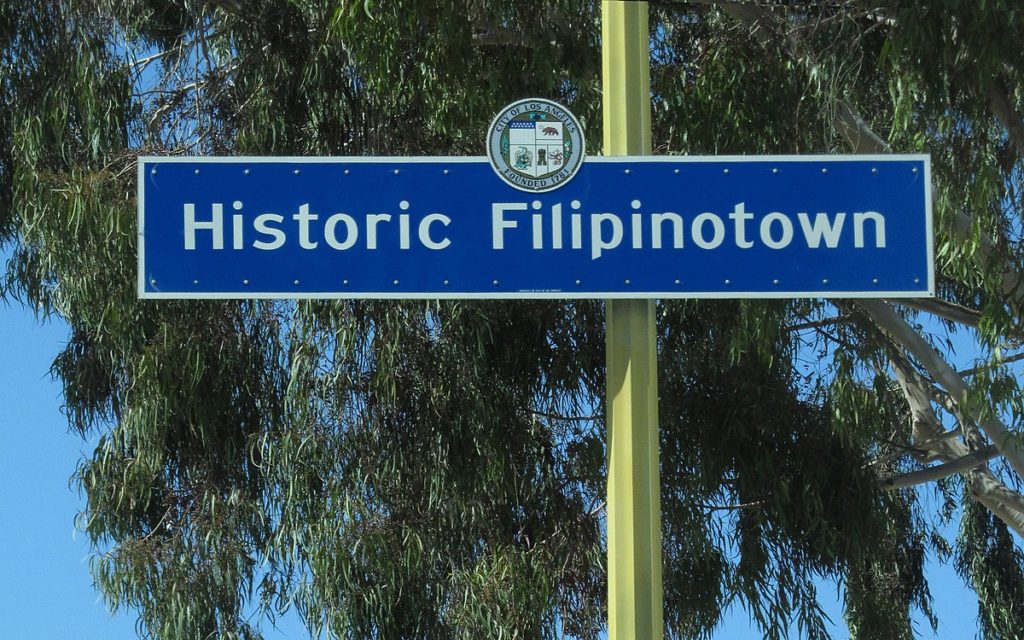
Historic Filipinotown in Los Angeles is a vibrant community that honors the Filipino heritage within the city. Visitors can explore authentic Filipino restaurants serving dishes like adobo or halo-halo, visit local bakeries for freshly baked pandesal (bread rolls), and immerse themselves in Filipino arts and culture through various events showcasing traditional dance forms like Tinikling or Kundiman singing.
Harlem – New York City
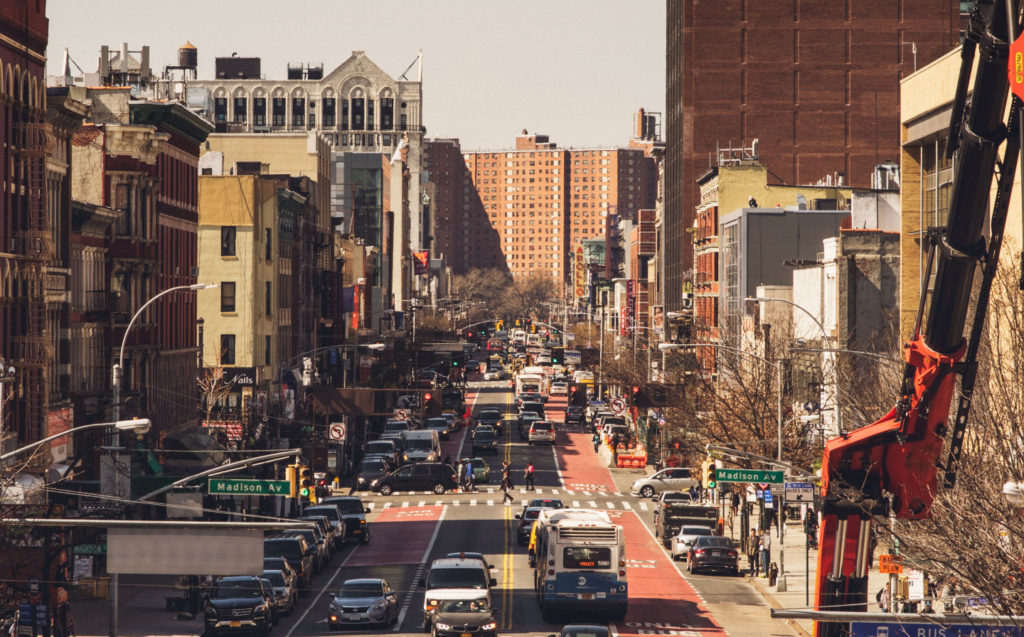
Harlem has long been sjynonymous with African-American culture, art, and music. This iconic neighborhood played a pivotal role during the Harlem Renaissance—a period of artistic flourishing for Black artists in the early 20th century. Today, visitors can experience soulful jazz performances at renowned venues like The Apollo Theater,
explore historical landmarks such as Abyssinian Baptist Church,
and savor delicious Southern cuisine at local eateries specializing in soul food.
These ethnic neighborhoods are just a glimpse into America’s vast mosaic of cultures. They serve as reminders of the rich heritage brought by immigrants who have contributed to shaping America’s identity over generations. Exploring these enclaves offers not only an opportunity to sample diverse cuisines but also an invitation to celebrate shared traditions, embrace differences,
and appreciate the melting pot of cultures that make America truly unique.
Leave a Reply